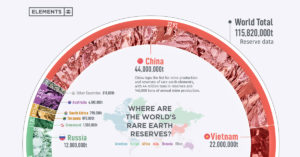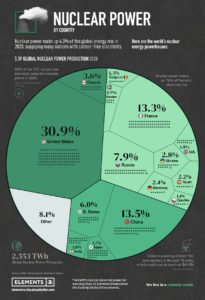by University of Texas at Austin, Mar 15, 2022 in ScienceDaily
The climate pattern El Niño varies over time to such a degree that scientists will have difficulty detecting signs that it is getting stronger with global warming.
That’s the conclusion of a study led by scientists at The University of Texas at Austin that analyzed 9,000 years of Earth’s history. The scientists drew on climate data contained within ancient corals and used one of the world’s most powerful supercomputers to conduct their research.
The study of the past, which was recently published in Science Advances, was motivated by the need to get a clearer picture of how climate change may affect El Niño in the future.
El Niño is the warm phase of the El Niño Southern Oscillation, a climate phenomenon that sets the stage every few years for weather patterns worldwide. Strong El Niño events, such as the ones in 1997 and 2015 that brought wildfires to the rainforests of Borneo in Asia and caused widespread bleaching to the world’s coral reefs, happened about once a decade.
Computer models, however, are unclear about whether El Niño events will become weaker or stronger as the world warms due to climate change.
…





 is a
is a 